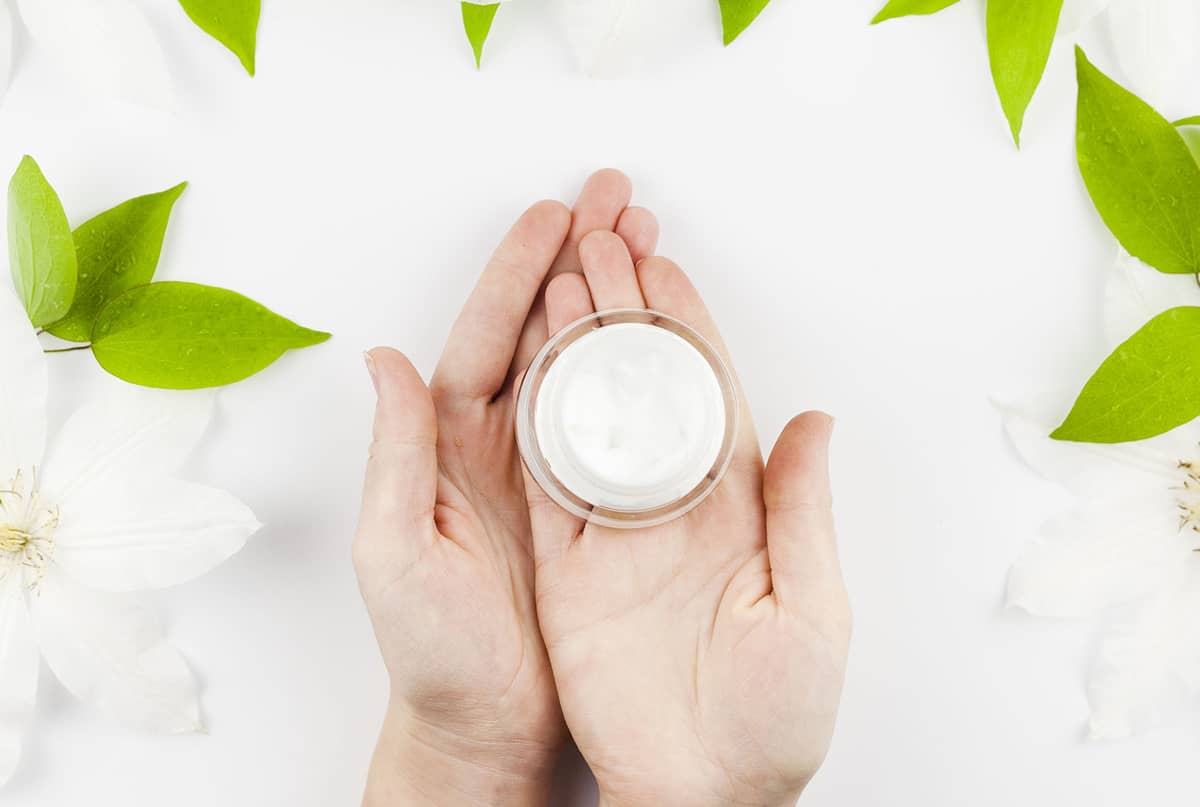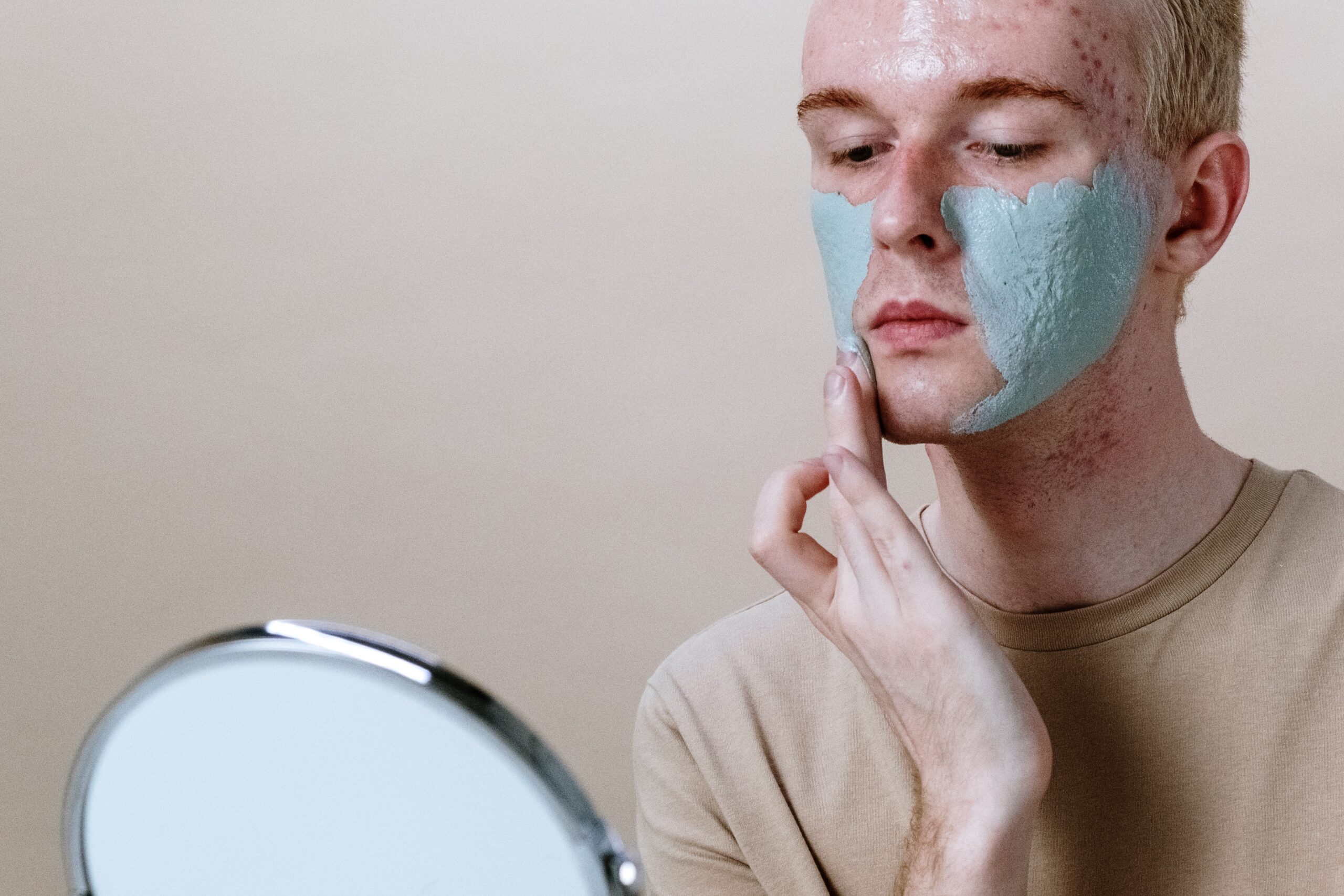
Causes of Cystic Acne
What Causes Acne?
Acne, a skin condition affecting millions globally, is often misunderstood despite its prevalence. Influenced by factors such as hormonal imbalances, bacterial infections, lifestyle choices, and even genetic predisposition, the causes of acne are multifaceted.
Hormonal Fluctuations
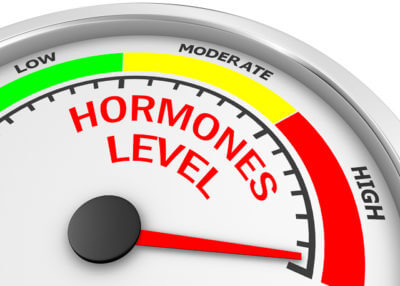
Hormones like androgens, estrogens, progesterone, and insulin play a significant role in the development of acne. These hormones stimulate the sebaceous glands, leading to increased oil production. Hormonal changes are particularly evident during puberty, menstruation, and in conditions like Polycystic Ovary Syndrome (PCOS). See treatment of Hormonal acne.
Excessive Oil Production
The sebaceous glands produce sebum to keep our skin moisturized. However, overactive glands can produce too much oil, leading to clogged pores. This excess oil can mix with dead skin cells and become a breeding ground for bacteria, resulting in acne.
Bacterial Factors
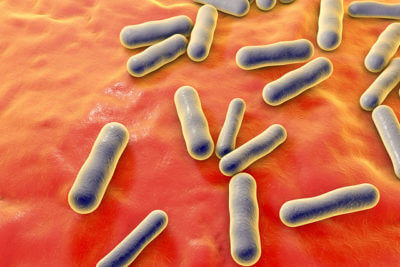
The skin’s naturally occurring bacteria, such as Propionibacterium acnes (P. acnes) and Staphylococcus epidermidis, can either initiate acne lesions or exacerbate them once they form. While the exact role of these bacteria in acne development is still debated, they are known to contribute to inflammation and cyst formation.
Genetic Factors
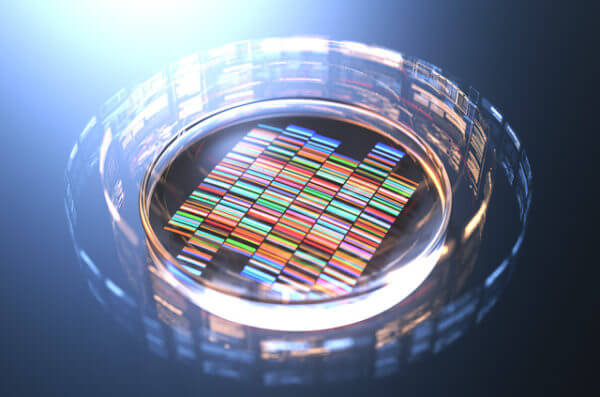 Research indicates that acne can be hereditary. Those with a family history of acne tend to experience it at an earlier age and with greater severity. Although the specific genes involved are still unidentified, genetic predisposition plays a role in the onset and severity of acne.
Research indicates that acne can be hereditary. Those with a family history of acne tend to experience it at an earlier age and with greater severity. Although the specific genes involved are still unidentified, genetic predisposition plays a role in the onset and severity of acne.
Dietary Factors
Various studies have explored the role of diet in the development of acne. Here’s a simplified overview of some key findings:
- Dairy Products: Consuming dairy, especially milk, may increase the risk of developing acne. However, the connection is still being studied.
- Chocolate: While it’s a popular belief that chocolate can cause acne, scientific studies have not found significant evidence to support this claim. Research involving young people consuming large amounts of chocolate did not yield conclusive results.
- High Glycemic Index Foods: Observations from communities in Papua New Guinea and Paraguay, where acne is rare, suggest that the high glycemic index of the Western diet could be a contributing factor to acne development.
- Body-Mass Index (BMI): Some studies have found a correlation between higher BMI and the onset of acne. However, it’s worth noting that putting obese individuals on restricted diets did not necessarily lead to a reduction in acne.
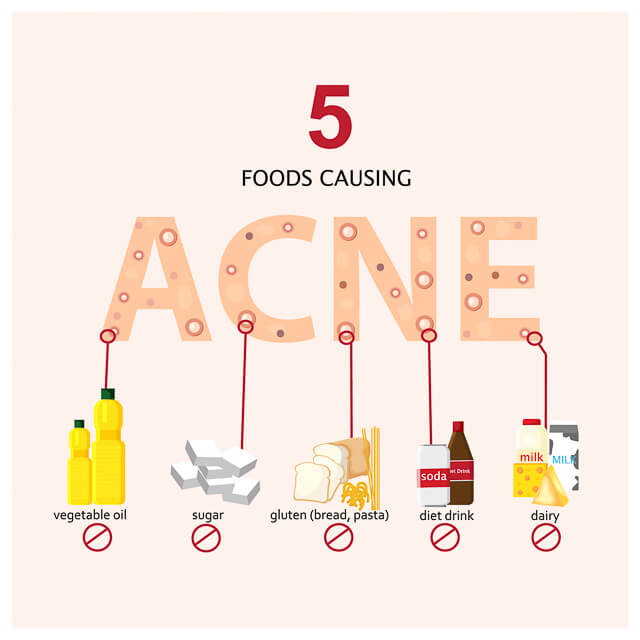
Environmental Factors
Poor personal hygiene, the use of abrasive soaps, and harsh detergents can all trigger or worsen acne. Overwashing the face or using strong exfoliants can also irritate the skin, potentially leading to more severe forms like cystic acne.
Additionally, heavy use of cosmetics and skin-care products that are not non-comedogenic (pore-clogging) can block pores. This blockage can cause acne flare-ups, especially when combined with environmental pollutants like dust, dirt, and air pollution.
It’s also worth noting that specific conditions can lead to unique forms of acne. For example, “tropical acne” is commonly observed among army personnel stationed in hot, humid climates.
Lastly, exposure to toxic substances like dioxins can cause a severe form of acne known as chloracne, which is distinct from more common types of the condition.
Use of Anabolic Steroids
Long-term use of anabolic steroids, often for muscle-building purposes, is closely linked to the development of severe acne. Many bodybuilders take these steroids to enhance their performance, but they frequently experience a side effect known as “steroid acne.” This condition resembles typical acne but occurs in individuals with elevated levels of corticosteroids in their bloodstream.
Notably, steroid acne isn’t exclusive to bodybuilders. It can also affect people with Cushing’s disease or those taking systemic steroid medications for other medical conditions. In these cases, severe acne often becomes an unintended and unwelcome consequence of steroid use.
Acne Causing Medications

Certain medications are known to cause skin lesions that closely resemble cystic acne. These medications include:
- Corticosteroids
- Androgens
- Anabolic steroids
- Neuropsychiatric medications like tricyclic antidepressants (TCAs), selective serotonin reuptake inhibitors (SSRIs), lithium, and antiepileptics
- Immunomodulators
- Chemotherapy drugs
It’s important to note that while these medications can trigger acne-like symptoms, they are not the sole cause of acne. Genetic factors also play a significant role, although the specifics are not yet fully understood.
Friction and Irritation
Constant contact with tight clothing, accessories, or phone screens can irritate the skin, leading to what is known as “acne mechanica.”
How Acne Develops
- Follicle Blockage: The skin follicle, or pore, becomes clogged due to the accumulation of oil and debris. This creates a plug that blocks the gland.
- Formation of Whiteheads and Blackheads: Initially, this blockage expands to form a whitehead. Alternatively, if the pore opens up, a blackhead forms.
- Progression to Cystic Acne: Over time, the buildup of oil and debris may cause whiteheads to burst and become inflamed, leading to more severe forms of acne, such as cystic or inflammatory acne.
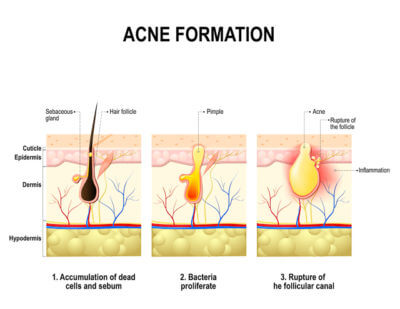
Unresolved Questions
- Triggers and Susceptibility: To date, it’s unclear what specifically triggers these events or why certain follicles are more susceptible than others.
- Role of Bacteria: While the bacteria known as P. acnes are believed to play a significant role in the onset of acne, the exact mechanisms are still under debate.
Recognized Bacterial Factors
- P. acnes Colonization: This bacteria colonizes the pilosebaceous unit, which is the skin structure involving hair follicles and sebaceous glands.
- Inflammation: The affected area becomes inflamed, often due to bacterial activity.
- Seborrhea: This is a condition characterized by excessive oily secretions from sebaceous glands. These glands have ducts that open inside hair follicles. Seborrhea is often caused by a specific yeast that thrives in these oily secretions, leading to red and irritated skin.
- Follicular Desquamation (Hyperkeratosis): This term refers to the thickening of the skin due to irritation, which can also contribute to acne development.
Latest articles

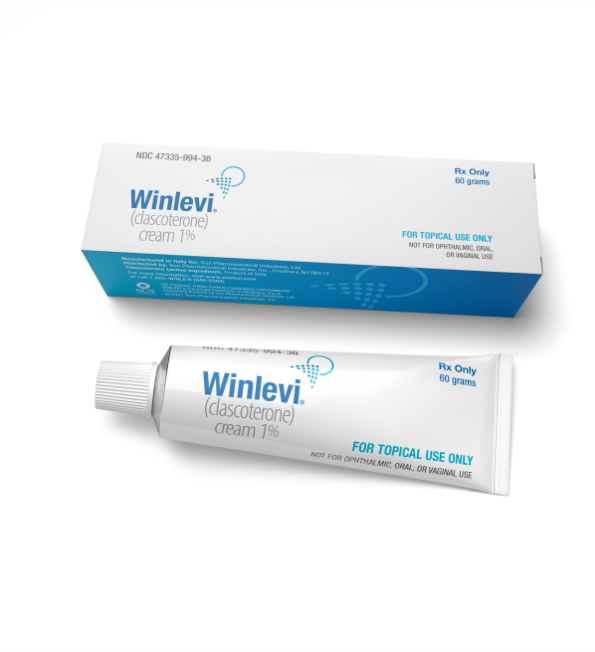
Hormonal Acne Treatment with Topical Creams
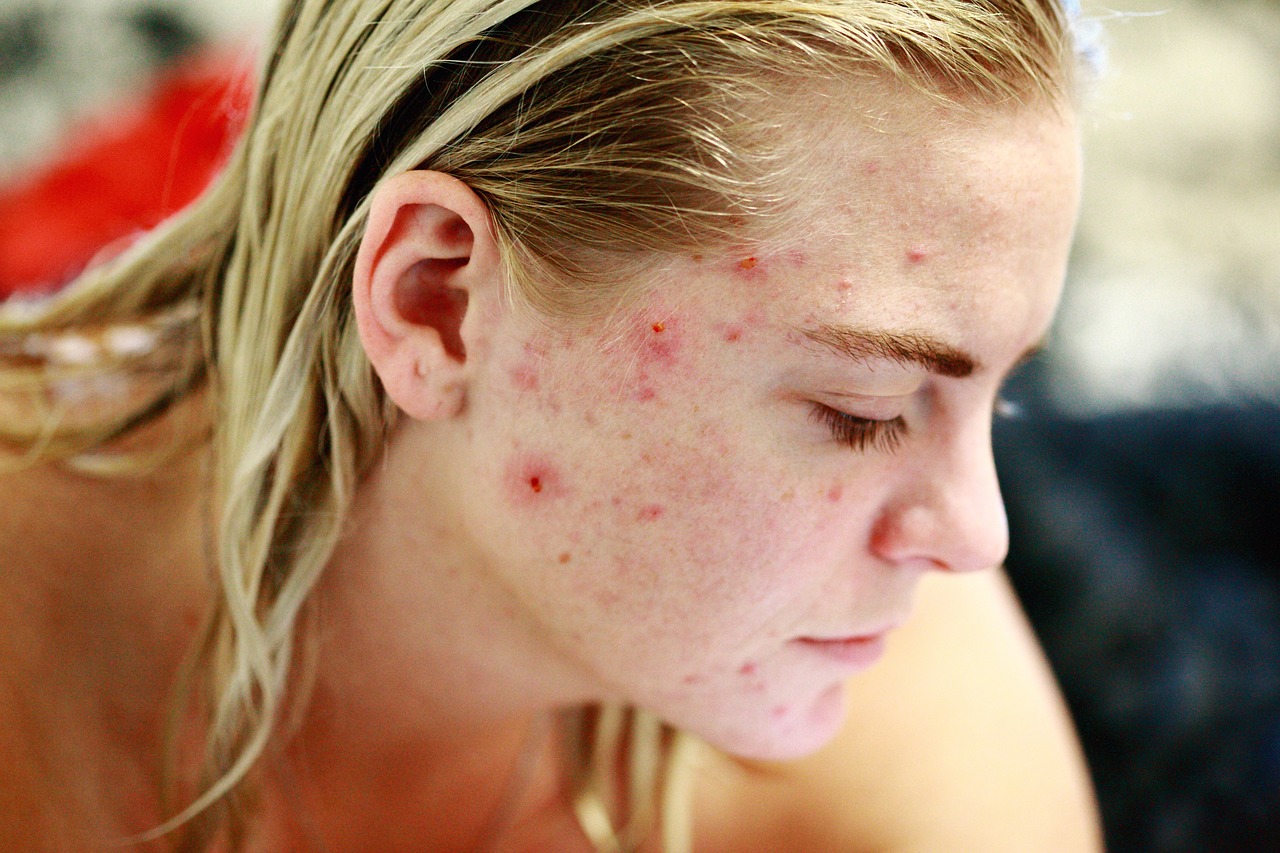
Cystic Acne on the Back: Best Treatment Options
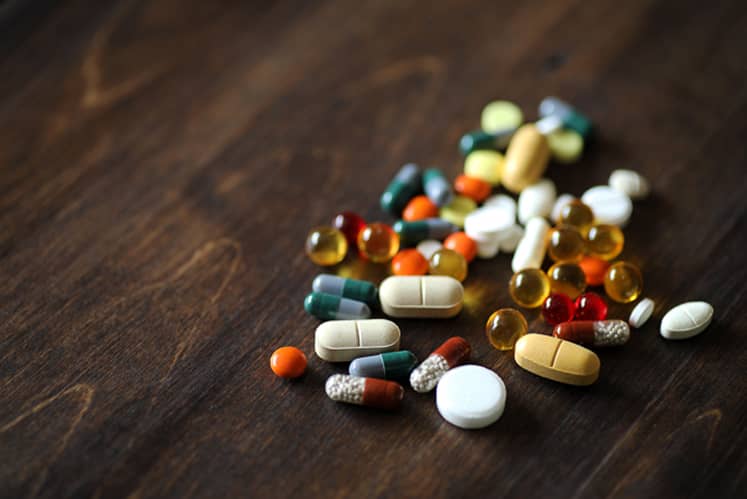
Top Supplements for Treating Cystic Acne
